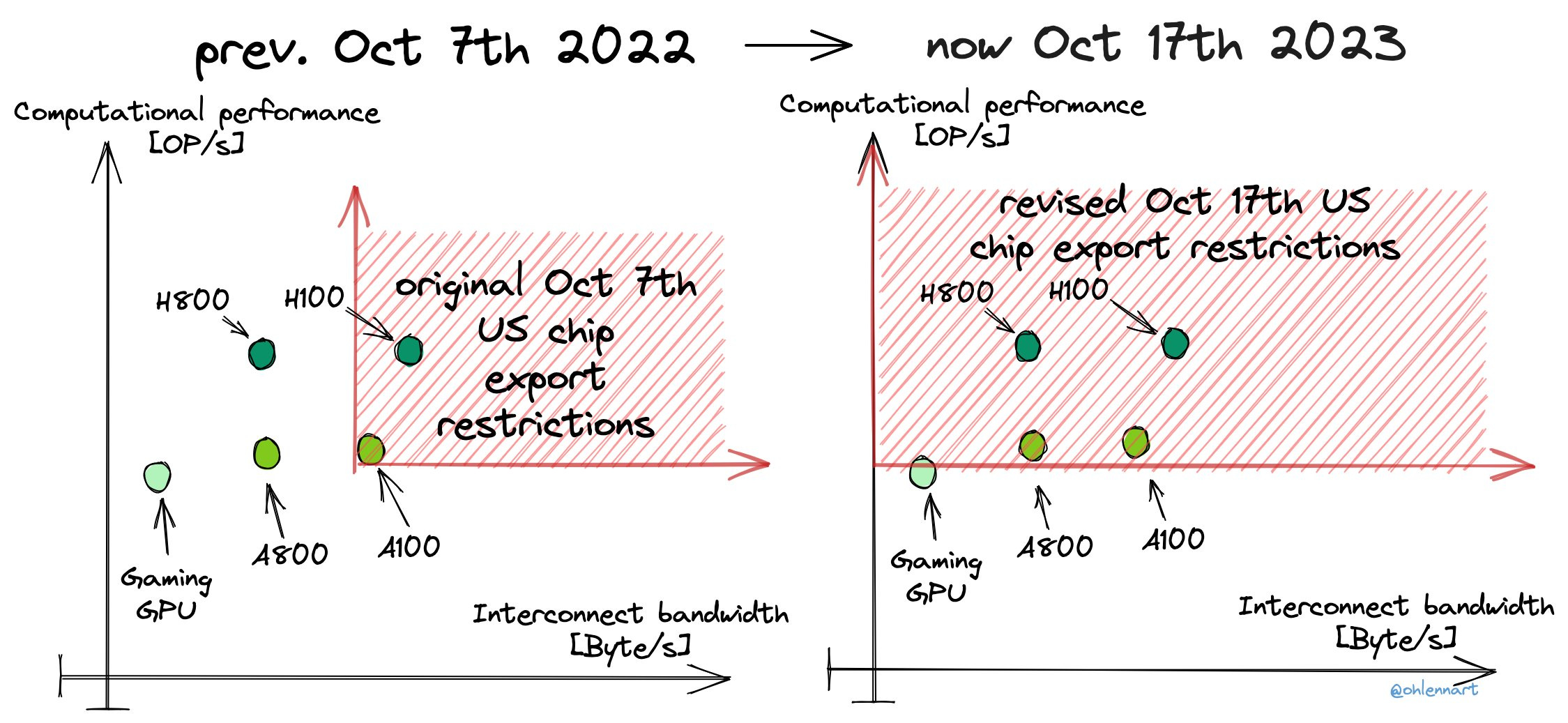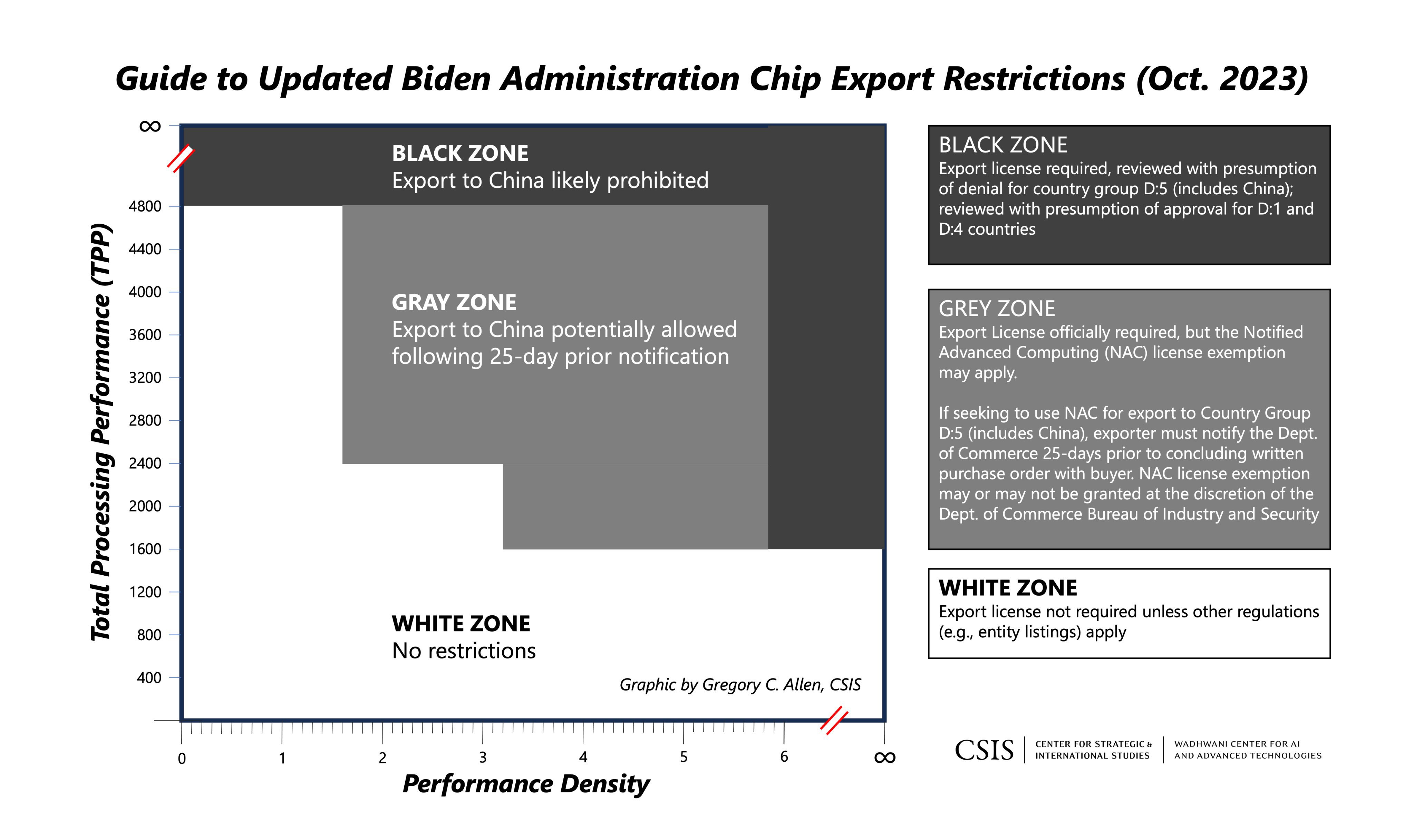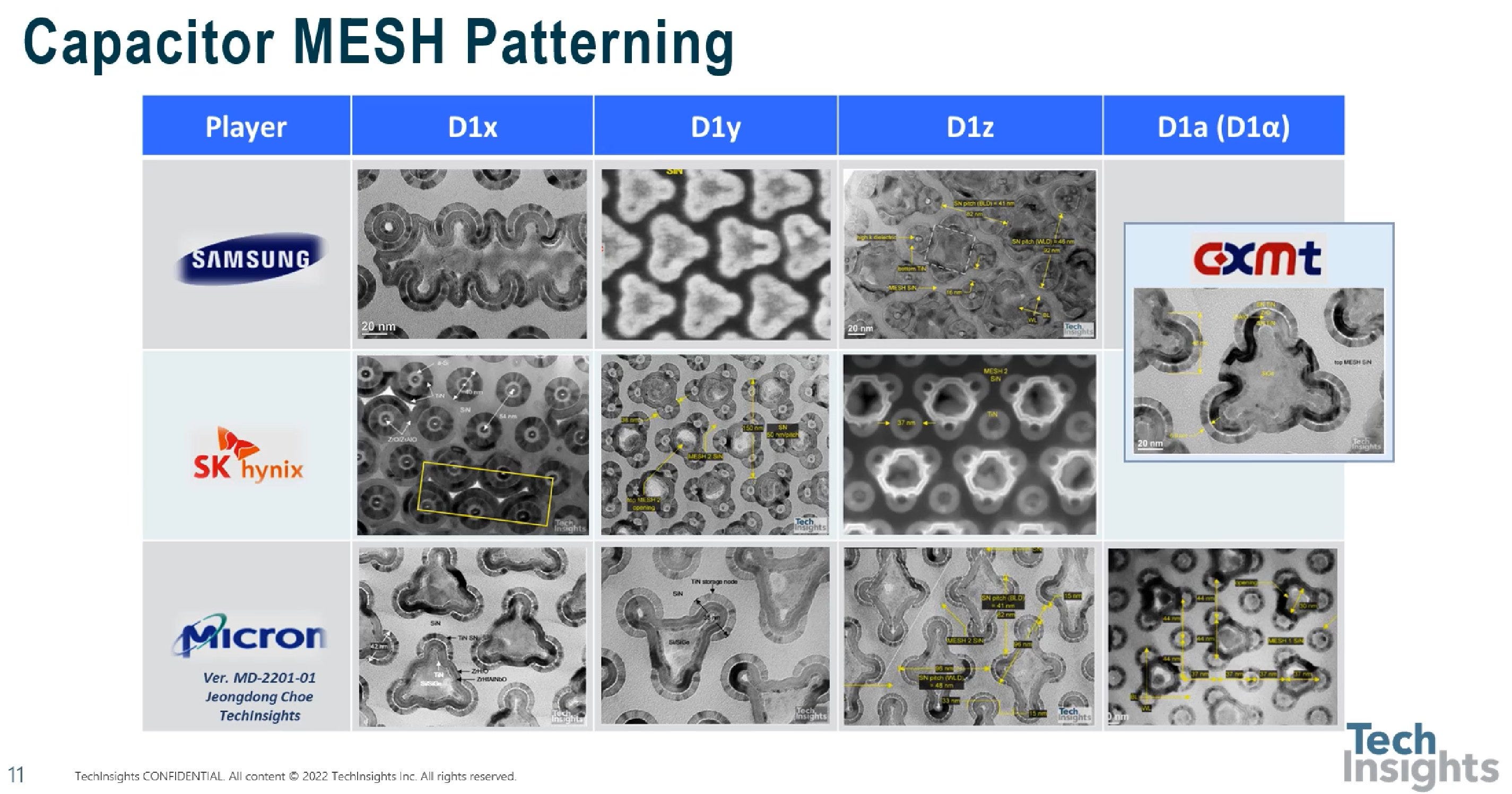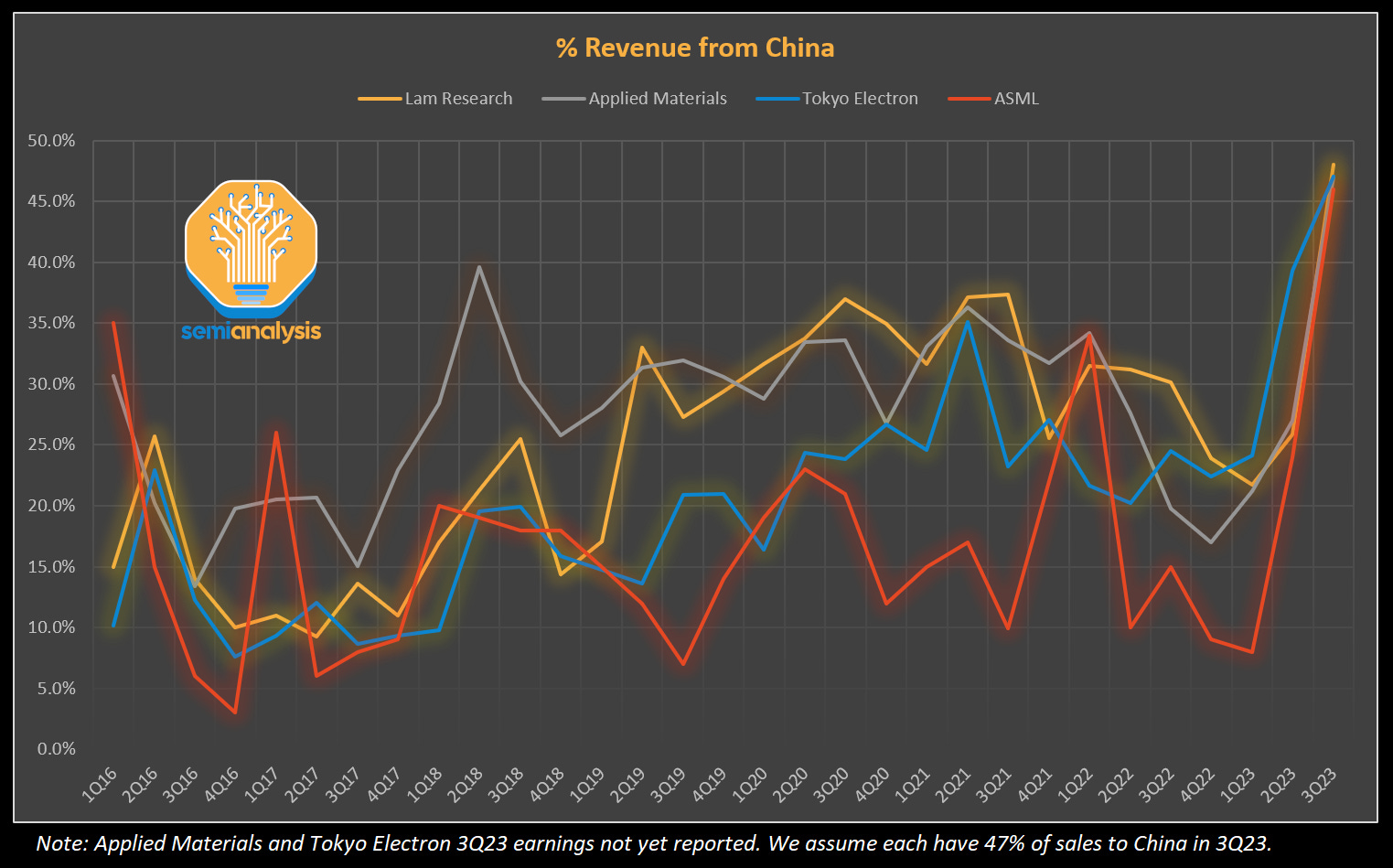yes. its been 10 months already since he said this.In Jan 2023,havok said that fully domestic 28nm production line will take 2-3 years to complete. See these posts below
Chinese semiconductor industry
I heard stories about companies wanting to buy SMEE frontend machines, my guess is a least their I-line and/or KrF machines but their delivery times were simple just too long, so they just defaulted to ASML or Canon instead. It doesn't matter if the immersion lithography machine can process, as...www.sinodefenceforum.comChinese semiconductor industry
I heard stories about companies wanting to buy SMEE frontend machines, my guess is a least their I-line and/or KrF machines but their delivery times were simple just too long, so they just defaulted to ASML or Canon instead. It doesn't matter if the immersion lithography machine can process, as...www.sinodefenceforum.com
So the timeline will be 2025-2026
all major Non-litho 28nm domestic tools have been verified. process has speed up as well. so it won't take much time.
28nm domestic line has completed if count SSA800i. given one more year for SSA800i to fully incorporate in 28nm line.
so most probably by the end of 2024 or Q1, 2025 ..
agreed with @european_guy sir ..
**********************************************************
at the same time, SMIC also testing/verifying domestic tools in 14nm/7nm lines.





